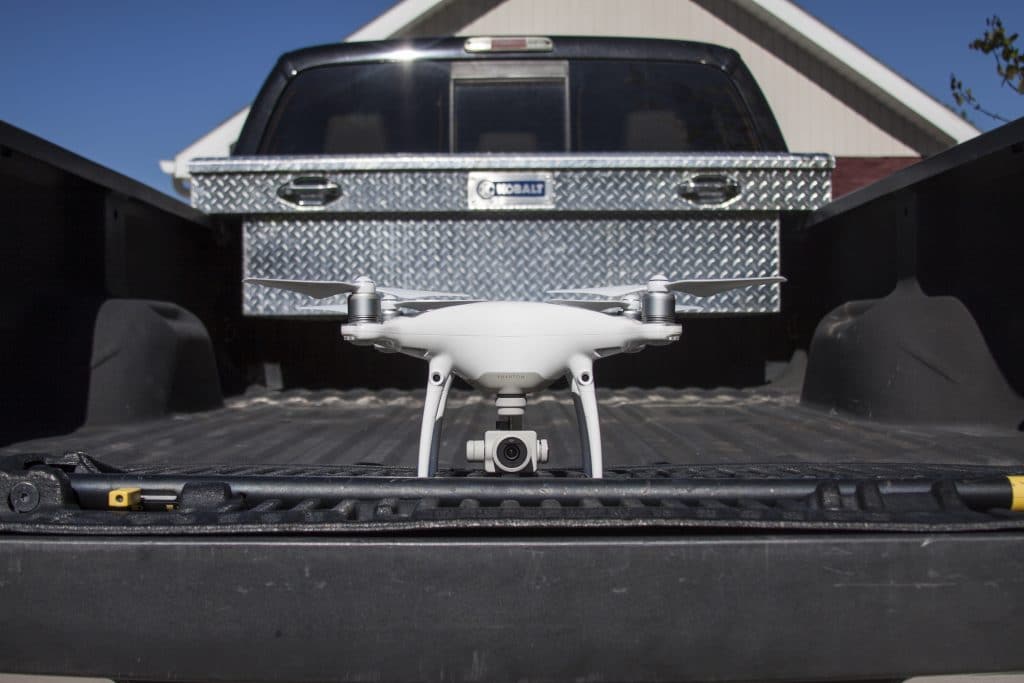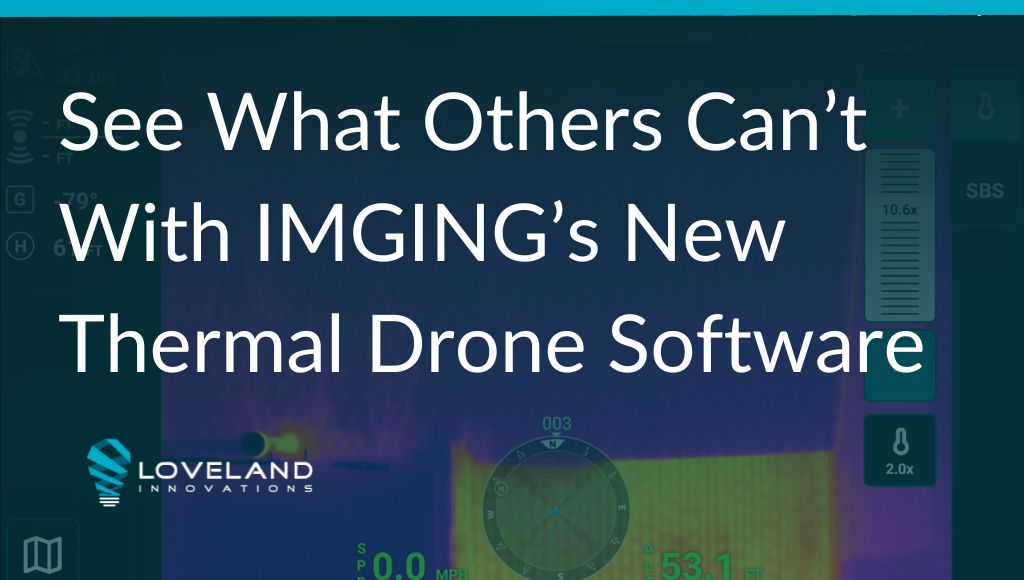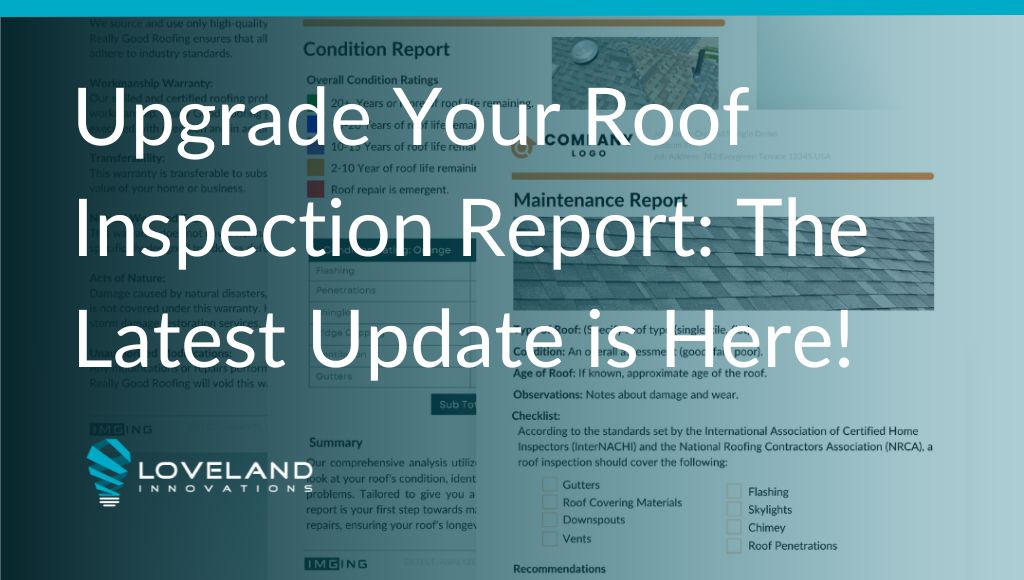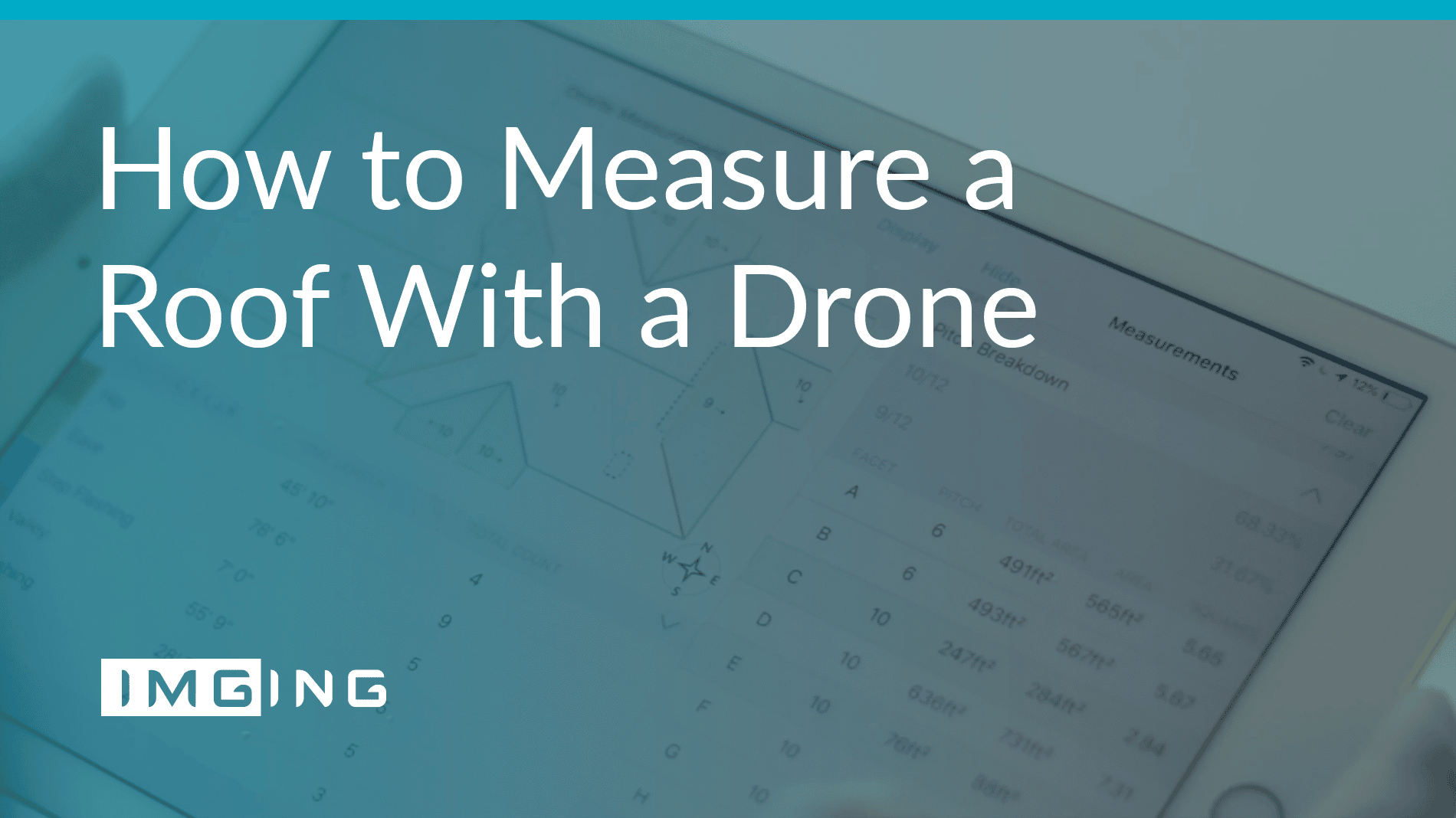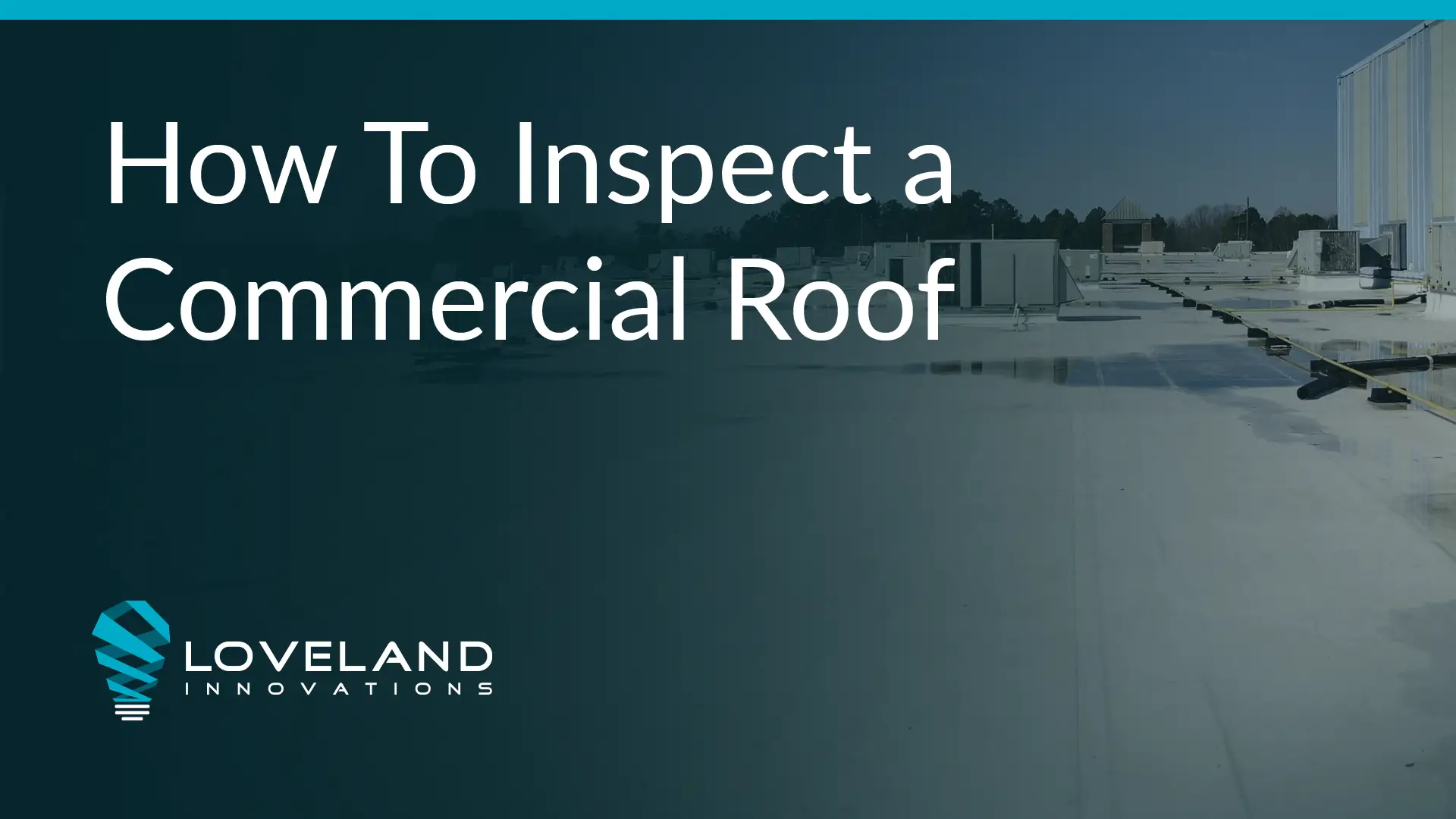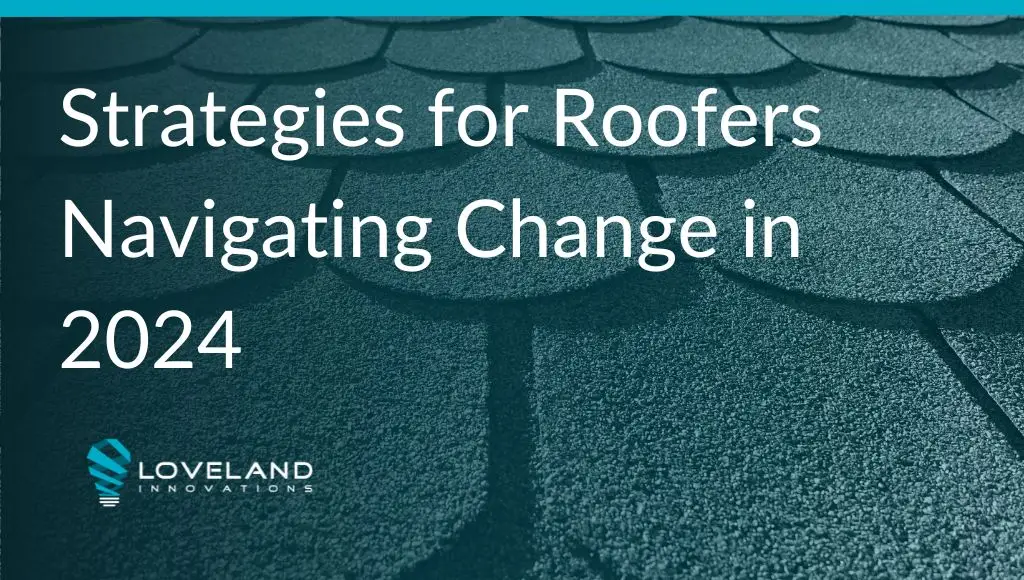These past few days in Texas have been busy, energizing, and enlightening. We (the Loveland CAT crew and the carriers and independent adjusters we’re flying with) have learned a lot about drone operations in a CAT environment — although drones have been all the buzz in the industry, Harvey is really the first CAT event of this size where drones (and drone pilots) have been put through such rigorous testing.
Most carriers and independent adjusting firms we talk to would prefer fleets of their own pilots out in force. Each has been investigating drones for some time now and as they’ve evaluated the current regulatory landscape, there’s one thing that seems like a significant barrier: getting licensed to fly.
Why Part 107 Seems Tough
As a refresher, the Federal Aviation Administration (FAA) regulates commercial drone operations under 14 CFR Part 107. To use drones for commercial purposes (like flying a drone to inspect a roof as part of processing a claim), you need to have a remote airman’s certificate. This is also known as being “Part 107 Certified.”
Part of the hurdle is that it’s often shocking to carriers and adjusters to see the words “must be licensed by the FAA.” This sets of a lot of big questions most of them can’t answer: Where do we start studying? What do we need to know? How long will this take? How do we even take the test? It seems like a lot of work just to fly a drone. Worse yet, the FAA website doesn’t do any favors for new pilots – they have hundreds of pages of documentation in their study guide and it’s incredibly overwhelming. Luckily, there’s a much better way.
Why Part 107 Isn’t So Tough After All
We knew adjusters and carriers might have a negative reaction to finding out they need certifications, and as we’ve discussed certifications in the field, they’ve confirmed our suspicions. Thankfully, we recently adapted the way we sell our drone solution, IMGING by announcing the IMGING Inspection Kit. The purpose of the kit is to give insurance professionals everything they need to fly drones successfully, including the necessary training – yes, that means access to resources to get Part 107 certified the easy way.
The Easy Way: Drone Pilot Ground School
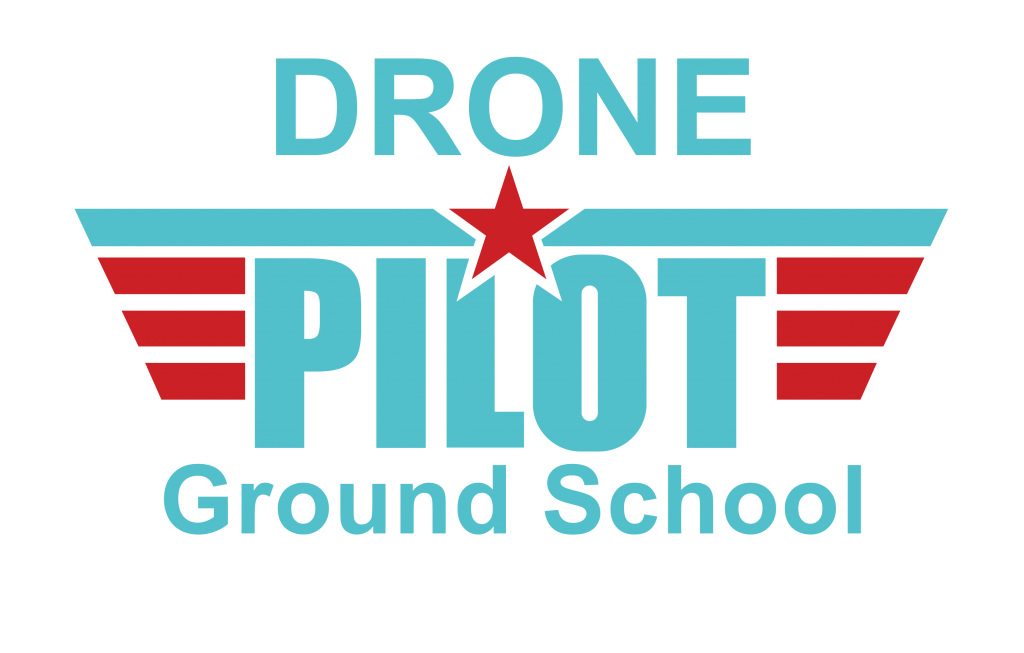 Every IMGING Inspection Kit comes with a free seat to Drone Pilot Ground School for Part 107 Certification training. Drone Pilot Ground School is a leading online training and test prep course for the FAA’s Part 107 commercial certification process. It has trained over 6,500 U.S. drone pilots that range from solo drone operators and small teams to police and fire departments and large organizations. It also has a 99%+ passing rate. You don’t have to be a math (or drone) expert to see how valuable this resource is. We’ve tried a few training resources and can say with confidence that this is the absolute easiest way to get certified in as little time as possible.
Every IMGING Inspection Kit comes with a free seat to Drone Pilot Ground School for Part 107 Certification training. Drone Pilot Ground School is a leading online training and test prep course for the FAA’s Part 107 commercial certification process. It has trained over 6,500 U.S. drone pilots that range from solo drone operators and small teams to police and fire departments and large organizations. It also has a 99%+ passing rate. You don’t have to be a math (or drone) expert to see how valuable this resource is. We’ve tried a few training resources and can say with confidence that this is the absolute easiest way to get certified in as little time as possible.
Drone Pilot Ground School is a division of UAV Coach, a leading education and community-focused website that reports on drone industry news and regulations to an email list of more than 50,000 drone enthusiasts.
Although it may be too late to scale in-house deployments for Harvey (or even Irma at this point), we’re here to help get things moving. Our partnership with Drone Pilot Ground School is just one of those ways.
In future posts, we’ll talk broadly about how you can scale drone operations by not only handling Part 107 training for hundreds (or thousands) of people, but by developing solid plans for rolling out a new fleet successfully.

